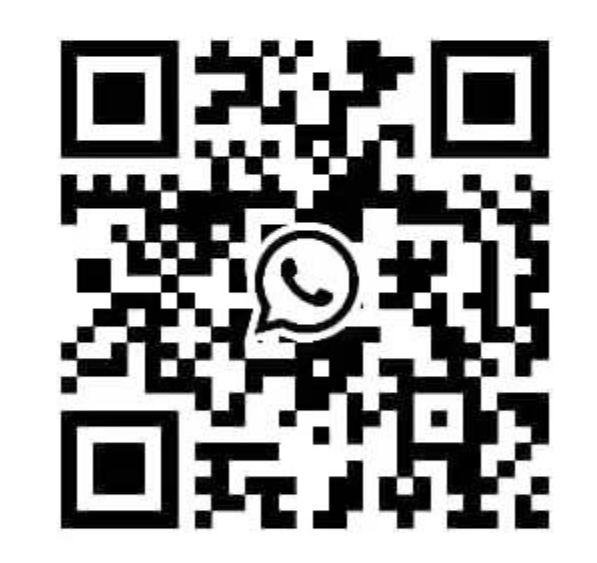Ribbon and printer paper type does not match, how to solve
When the type of ribbon and printing paper do not match, it will lead to a decline in print quality, affecting the clarity and readability of the bar code. To solve this problem, follow these steps:
Identify the current ribbon and printer paper type:
First, you need to determine the specific type of ribbon and printing paper you are currently using. This can usually be obtained by looking at the packaging of the ribbon and printer paper, the instructions, or by consulting the supplier.
Learn about ribbon and printer paper compatibility:
Different types of ribbon are suitable for different types of printing paper. For example, wax base color strips are usually suitable for ordinary paper, while resin base color strips are more suitable for printing media that need high temperature resistance and scratch resistance, such as PET, PVC and other synthetic materials.
Consult the printer's or ribbon's manual for compatibility requirements for ribbon and printer paper.
Select the matching ribbon and printer paper:
According to the printing requirements, select the matching ribbon and printing paper. If you need to print barcodes used in high temperature, high humidity or high wear environments, you should choose a high temperature, scratch resistant resin base color strip and the corresponding synthetic material printing paper.
If it is just an ordinary printing need, you can choose wax base color strips and ordinary paper.
Change ribbon and printer paper:
Replace ribbon and paper correctly as instructed in the printer's manual. Make sure the ribbon is installed correctly and the printer paper is placed flat without wrinkles or damage.
Adjust printer Settings:
After changing the ribbon and printing paper, adjust the printer Settings, such as printing temperature, printing speed, printing concentration, etc., according to the new ribbon and printing paper type. These Settings will affect the print quality and need to be adjusted according to the actual situation.
Test the print effect:
Before a large number of printing, a small amount of test printing is carried out to check whether the printing effect meets the requirements. If you find that the printing effect is not ideal, you can continue to adjust the printer Settings or replace a more suitable ribbon and printing paper.
Record and summarize experience:
Document the process of solving the problem, including the ribbon and paper type used, printer Settings, etc. This can provide a reference for future printing work to avoid similar problems.
Summary: To solve the problem of mismatch between ribbon and printing paper types, the key is to correctly identify the ribbon and printing paper types currently used, understand their compatibility requirements, and select the matching ribbon and printing paper for replacement. At the same time, adjust the printer Settings according to the new ribbon and printer paper type, and test printing to ensure that the print results meet the requirements.


